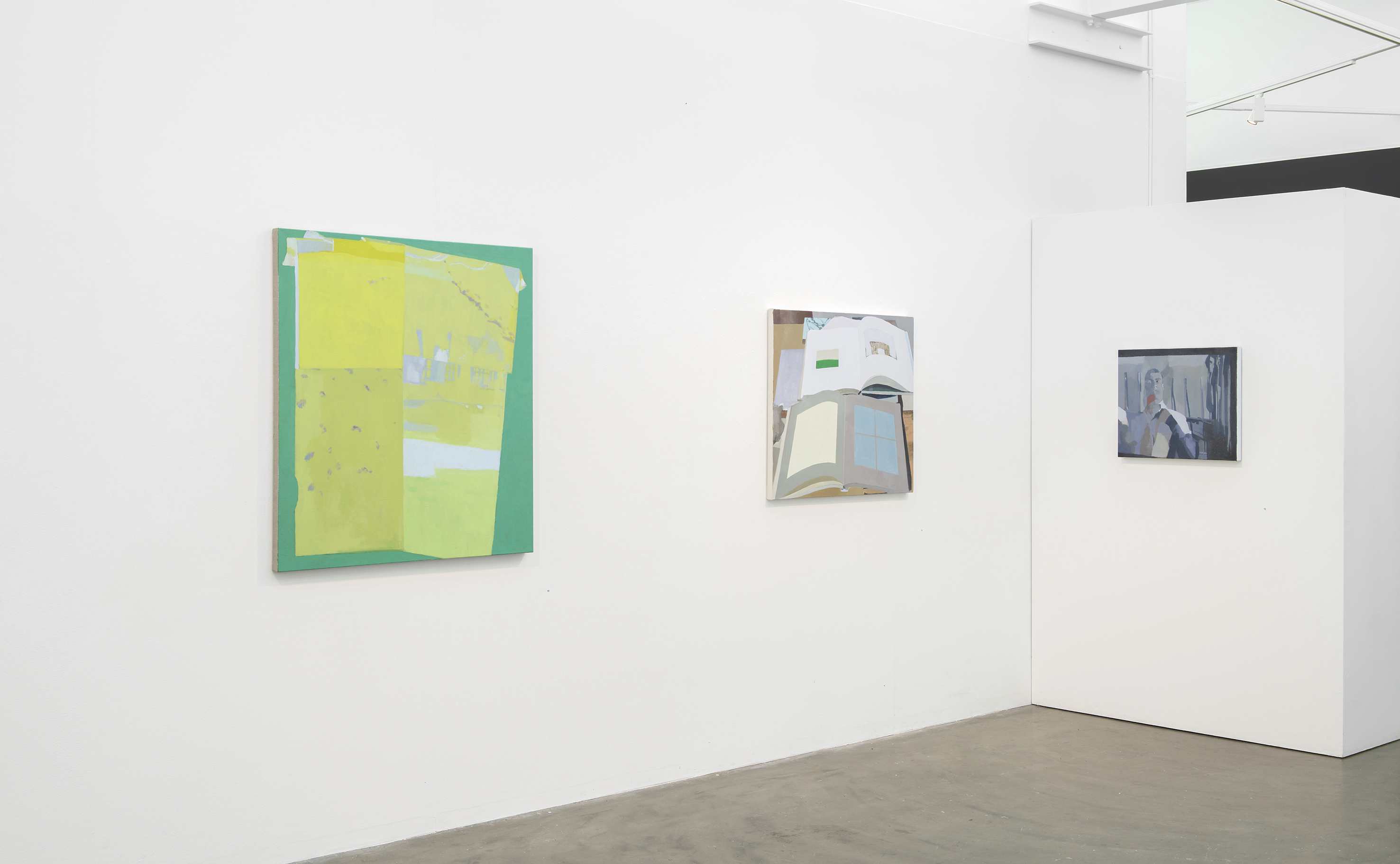![]() Photography: Brenton McGeachie
Photography: Brenton McGeachie
The world folding in upon itself
19 April - 7 May 23
ANCA Gallery, Canberra
Which is the reality and which the projection? It is often not possible to say, for emulation is a sort of natural twinship existing in things; it arises from a fold in being, the two sides of which stand immediately opposite to one another.
—
Michel Foucault, “The Four Similitudes” in The Order of Things, 1966
A fold can be understood as a crease or pleat, a doubling or an overlapping; it involves enclosing something, reducing its surface area but increasing its complexity and thickness. Artists such as Dorothea Rockburne, Tauba Auerbach and Simon Hantaï have all employed practices of folding within their work. This often leads to unexpected forms and compositions, whilst also making visible a certain tension that persists between our understanding of surface and space within painting. Looking to the art of the seventeenth century, folds also appear in various guises, from the drama and theatricality of folded drapery in baroque art to the depiction of folded paper in illusionistic letter-rack paintings.
Here the gesture of folding is explored through the formal qualities of mirroring and doubling. In some works, a sheet of paper is folded to reveal both sides simultaneously. In others, the fold brings two figures closer together—perhaps into conflict—suggesting an impending break or rupture. Throughout these paintings, the fold becomes a way of reconfiguring an image and meditating upon the processes of painting and looking.
 Photography: Brenton McGeachie
Photography: Brenton McGeachie
 Photography: Docqment
Photography: Docqment